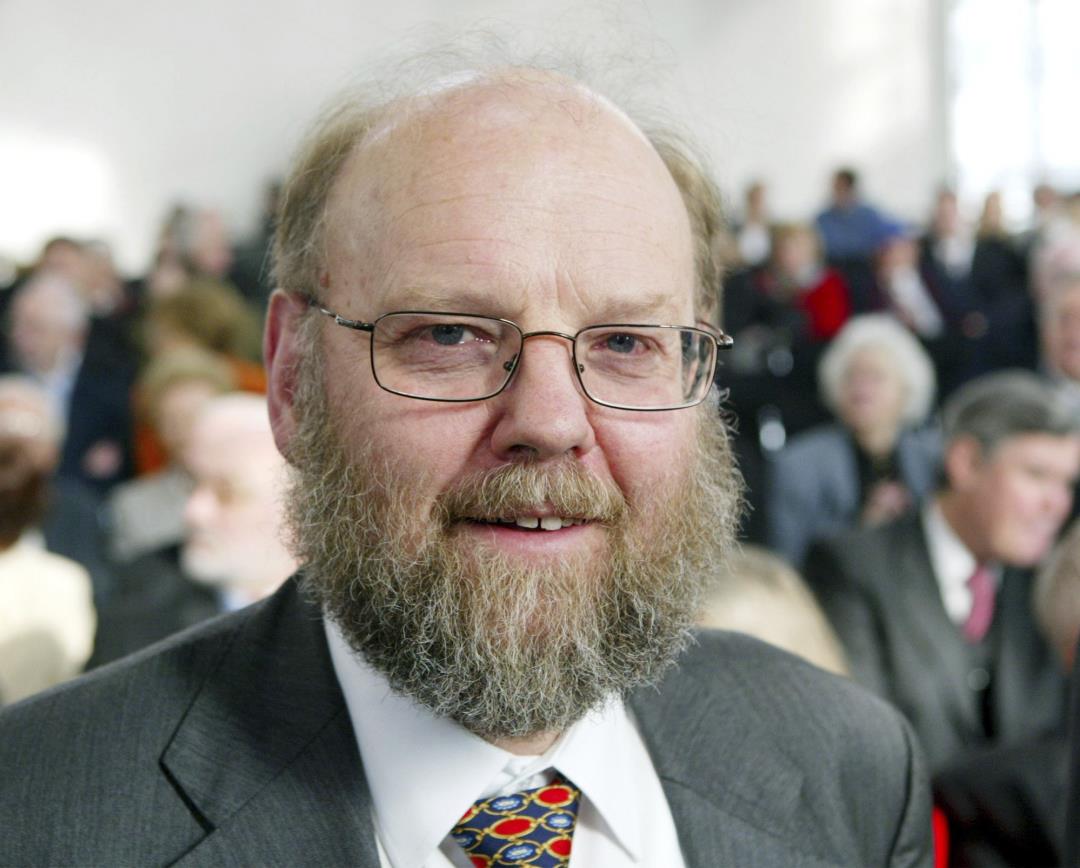
Ian Wilmut, the cloning pioneer whose groundbreaking work led to the creation of Dolly the sheep in 1996, passed away at the age of 79. The University of Edinburgh in Scotland announced that Wilmut died on Sunday from Parkinson’s disease. Wilmut ignited a worldwide discussion about the ethical implications of cloning when he revealed that his team at the renowned Roslin Institute had successfully cloned a lamb using a nucleus from an adult sheep cell. The lamb, originally referred to as “6LL3,” was later named Dolly after the iconic singer Dolly Parton. This creation marked the first time scientists were able to manipulate a mature adult cell to behave like a newly fertilized embryo, resulting in the birth of a genetically identical animal.
While Dolly’s creation was celebrated as a scientific breakthrough by some, it raised concerns among others, who criticized such experiments as ethical dilemmas. Soon after Dolly’s birth, US President Bill Clinton banned the use of federal funds for human cloning, although he did not completely prohibit cloning research. The birth of Dolly prompted further cloning experiments, including the cloning of dogs, cats, horses, and bulls. It also sparked discussions about the possibility of cloning humans and extinct species. In recent years, scientists have even proposed the resurrection of the woolly mammoth through a combination of gene editing and cloning.
Dolly’s creation was part of a larger project aimed at developing genetically modified sheep capable of producing therapeutic proteins in their milk. Approximately six years after Dolly’s birth, the sheep was euthanized due to an incurable lung tumor. Wilmut, an expert in embryology, subsequently focused on using cloning techniques to generate stem cells for regenerative medicine. His work was crucial in the pursuit of treating genetic and degenerative diseases by aiding the body’s ability to repair damaged tissue. The Roslin Institute revealed that Wilmut was awarded knighthood in 2008 and retired from the university in 2012. Following his Parkinson’s disease diagnosis, he dedicated his research efforts to studying the condition.
(Read more Ian Wilmut stories.)
Denial of responsibility! Vigour Times is an automatic aggregator of Global media. In each content, the hyperlink to the primary source is specified. All trademarks belong to their rightful owners, and all materials to their authors. For any complaint, please reach us at – [email protected]. We will take necessary action within 24 hours.


